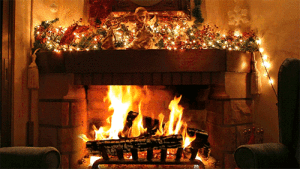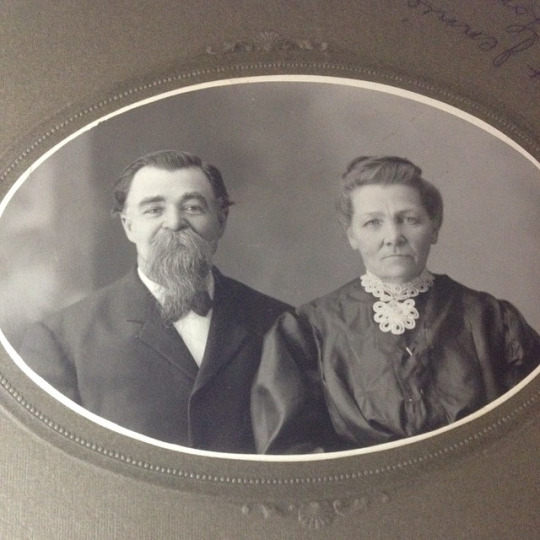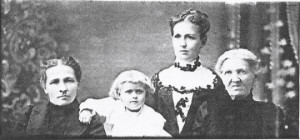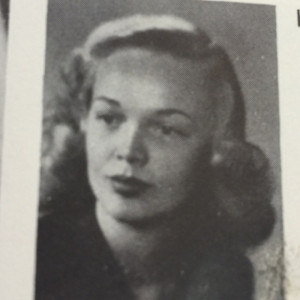 Some celebrate Yule only at the winter solstice while others stretch the festivities through January 6th. The basic purpose of Yule is to mark the winter solstice, which is the shortest day of the year and the longest night of the year. The event of the winter solstice is the moment when the promise of spring and the beginning of the growing season will return because, from that moment forward, the days will get longer. Various savior gods represented by the sun are celebrated in different cultures as being reborn at this time as well, including Baal, Dionysus, Sol, Apollo, and of course, Jesus Christ. Scholars have also connected Yule to the god Odin. Modern neopagans and Wiccans describe the rebirth of “the horned god” or “the oak god” at Yule as well, which is taken from various older cultures.
Some celebrate Yule only at the winter solstice while others stretch the festivities through January 6th. The basic purpose of Yule is to mark the winter solstice, which is the shortest day of the year and the longest night of the year. The event of the winter solstice is the moment when the promise of spring and the beginning of the growing season will return because, from that moment forward, the days will get longer. Various savior gods represented by the sun are celebrated in different cultures as being reborn at this time as well, including Baal, Dionysus, Sol, Apollo, and of course, Jesus Christ. Scholars have also connected Yule to the god Odin. Modern neopagans and Wiccans describe the rebirth of “the horned god” or “the oak god” at Yule as well, which is taken from various older cultures.
Yule originated in ancient Germanic and Nordic cultures, although the majority of ancient cultures (like my Irish and Scottish ancestors) marked the winter solstice in their ways too. It just wasn’t called Yule. It seems to be the modern pagans and Wiccans who have taken the word Yule and thrown it over the entire winter solstice season whether their ancestors were Germanic or not. “The earliest references to Yule are by way of indigenous Germanic month names Ærra Jéola (Before Yule) or Jiuli and Æftera Jéola (After Yule)…. The noun Yuletide is first attested from around 1475.” (Source.) Yuletide grew into Christmastide after Christianity came into play and eventually became simply Christmas.
I think it’s important now for me to make it clear that the neopagan and Wiccan way of celebrating Yule was not quite the way I was brought up with it. The reason is simple cultural differences. Neopagans and Wiccans generally have their Yule traditions rooted in the ancient Germanic and Old Norse ways, with some evolutionary and cultural differences, while my family adhered to old Irish, Scottish, and sometimes French traditions. I do have German blood but my German branch has long since been converted to Christianity, yet my Celtic and French branches held onto the “old ways”. For that reason, I wasn’t taught about Germanic Yule. I never really knew what the word Yule meant until I was older.
What we had was the winter solstice, sometimes called midwinter (Meán Geimhridh), and we had secular Christmas for fun. Secular Christmas takes so much from Yule traditions that there wasn’t a vast difference but I was definitely aware that our important day fell on the solstice while the important day for everybody else fell on December 25. Being a child, though, I was much more interested in the presents on Christmas morning than quieter observances on the solstice–and that’s okay. Don’t make your children feel wrong for enjoying secular Christmas if they do. Just use it as a teaching opportunity and lead by example in keeping the solstice sacred if that’s how you do things. As an adult, I still observe the solstice as my sacred period and I keep secular Christmas for the fun of it. Some people ignore secular Christmas altogether and that’s okay too. Whatever works for you.
The winter solstice was not the most important festival in our year. I gather that was a pretty common attitude among Celtic people. Samhain was our biggest festival from a spiritual standpoint, and as an adult, I’ve connected with Imbolc on a deeper level because I work with the goddess Brigid. Even so, we did talk a lot about solstices in my family and I was very aware of the year’s cycle in terms of death, birth, growth, and harvest by the time I started school. I was very sensitive to the sun, moon, stars, and planetary cycles by the third grade in terms of how it all affects our growing season and harvest times. Since my family has been agricultural people for centuries up until my mother’s generation, those things really mattered and were part of everyday discussion. I was never directly told we’re Celtic polytheists but looking back on it now, it was pretty obvious! It was just everyday life.
One thing I specifically remember about the winter solstices of my childhood was evergreen, cedar, pine, holly, and things of that nature. My grandmother used to be very specific about the types of greenery we brought into the house at this period, which seems to my mind now looking back on it was following tradition older than any of us. Plastic trees were looked at with wrinkled noses. It was real greenery or none at all. As I’m looking at real boughs of cedar decorating my living room right now, I realize my grandmother instilled her attitudes in me long ago. Our trees were usually balsam firs or scotch pines. I never knew anyone so picky about choosing a tree every year as my grandmother, who always took time to tell me about the different types in the tree lots or farms, the types of wood, and which ones our family always used. One year we got a cedar tree for the nice smell and found out the hard way that my mother was allergic to it. Bringing greenery indoors at the solstice served two purposes. It reminded us that life would soon return with the sun. These plants never died in the winter like everything else did and therefore were brought indoors for luck, for hope, and the second big purpose was to invite woodland spirits in from the harsh winter weather.
Fire was another major element of the winter solstice for our ancestors but also for us in modern times. I always remember my grandmother’s fireplace going on the night of the solstice much longer than average nights. She may have explained why at some point but she was never one to be really explicit with those old tradition details because she grew up fearful of people knowing our family was involved with “supernatural” things. My grandmother gave me mixed messages that took years for me to sort out because she was part of the church social scene, yet I knew on some level that our traditions weren’t in sync with the church. She did it to throw people off from guessing about us, which was a camouflage method learned from her mother and her grandmother. Sometimes I’ve had to piece things together as an adult because I grew up immersed in things that often went unexplained in direct terms. Liberal use of fire at the solstice was one of those things.
We know today that the Sun will return, because the course of the Sun and the other planets in our system have been scientifically explored. Our ancestors did not take the return of the Sun for granted, and in addition they were suffering much more under the hardships of severe winter weather than we do today. For an agricultural society, whose survival depended mostly on crops, the return of the Sun was not just a matter of casual celebration, it was rather a matter of life or death. (Source.)
In my practice as an adult, fire has taken on a deeper meaning. As I said before, I work with the goddess Brigid. Christianization of Ireland saw Brigid evolve from a goddess into the midwife to the Virgin Mary as she delivered Jesus Christ and she then became a saint. Jesus being among the list of solar savior gods being reborn each winter solstice is no accident and neither is Brigid’s eventual involvement in the folklore because she is a solar goddess. Most ideas of goddesses are connected to the lunar while gods are typically connected to the solar but some, like Brigid, defy those commonalities. While Imbolc is actually Brigid’s festival, many of us do call upon her at the winter solstice if she wishes to convey messages or bless us through our bonfires, Yule logs, and so forth. Fire at the winter solstice coaxes the sun back into life.
The Dagda and Brigid are the deities supposedly connected with the winter solstice. The Dagda was a High King of the Denann. He was associated with Newgrange and the Winter Sun Standing, which is a reference to the position of the sun at the winter solstice. He could control the seasons with his magical oak harp, Uaithne. He was known to the ancient Irish people as ‘the Good God’ and ollathair, which means ‘all-father’, for his warrior-strength, protection, and generosity.
Brigid was his daughter. Her name is thought to mean ‘fiery arrow’, and indeed she was associated with flame in as much as she was a patron of the forge and smith-craft. At her retreat in Kildare, a flame was lit in her honour, and attended by 19 women, who never allowed it to be extinguished. Brigid was extremely well loved by the people, who refused to give her up and accept Christianity. In time, the tending of the flame was taken over and maintained by nuns in honour of the now Christianised St Brigid. (Source.)
Wheat and baking are also part of the winter solstice. Baking was such a huge part of the Decembers in my childhood that it doesn’t feel like this season without cookies, breads, and the fires required to make those things. Nuts and berries were used in a lot of our baking at this time and so was shaping cookies into suns, moons, stars, trees, wreaths, etc. We’ll get into the food in later posts.
I hope that gives you some picture of the things my ancestors passed down through the centuries until it all got to me. It’s not as structured as Samhain for us but it’s more about celebrating how we’re making it through the dark half of the year. For me, it’s also a period to pause and reconnect with Brigid through fire. We usually leave up our greenery decor until January 6th too but I can’t recall the significance behind that. I’ll think of it!
Nollaíg Shona Daoibh!
Read More


















